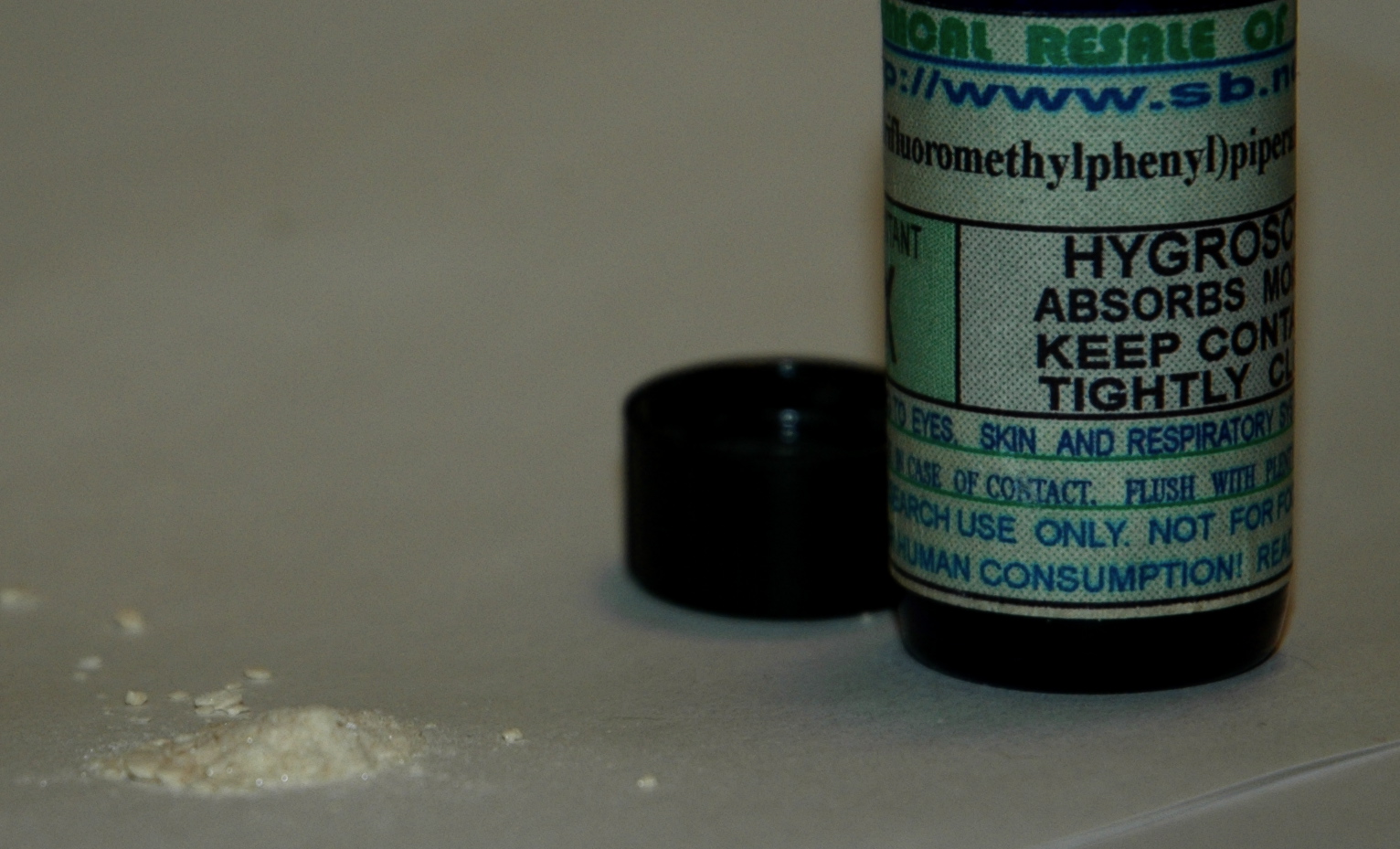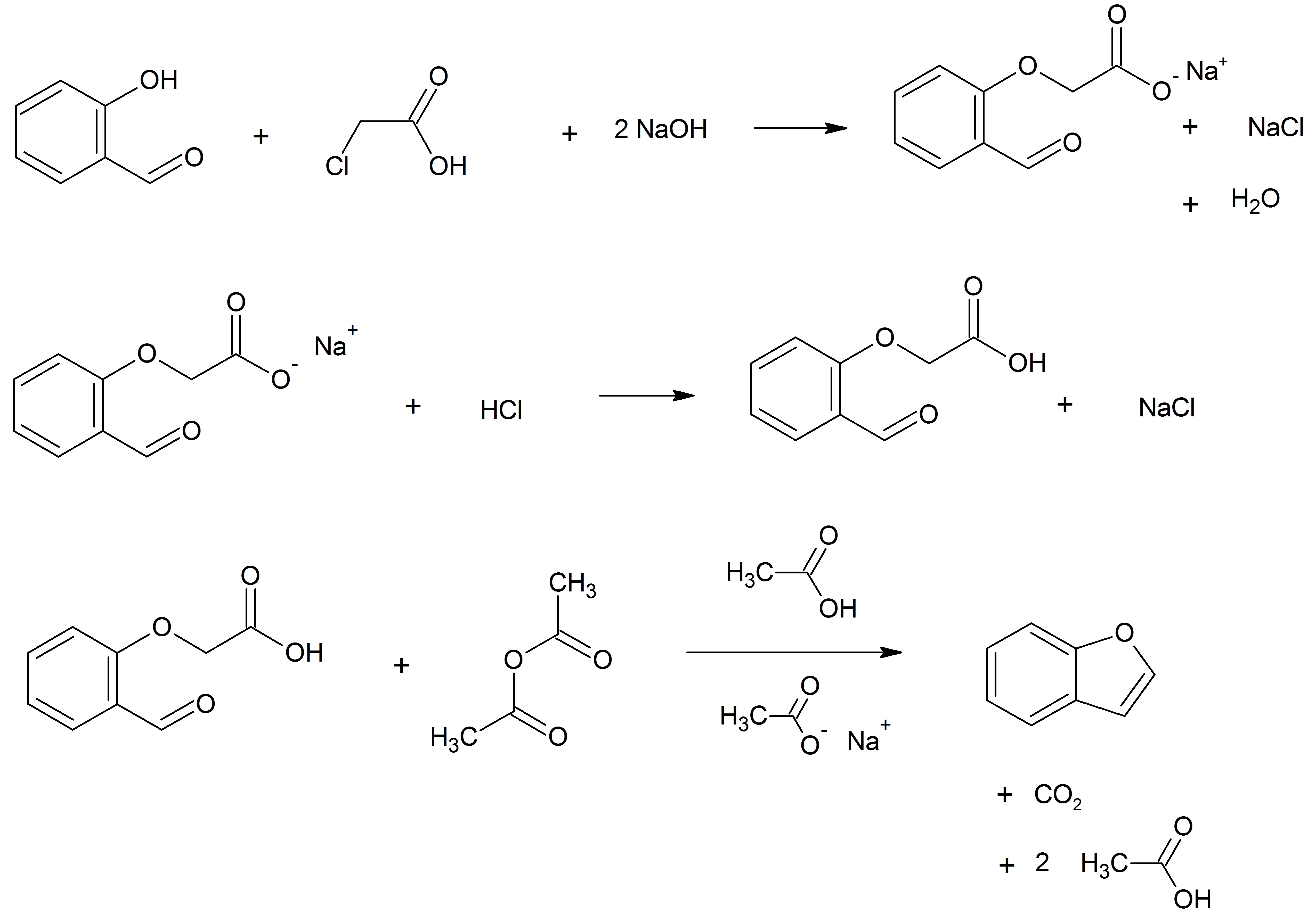|
Cpd-1
CPD-1 (LS-193743) is a drug with a benzofuranyl piperazine structure, which acts as a potent and selective agonist for the 5-HT2 receptor family, with highest affinity and full agonist efficacy at the 5-HT2C subtype, and lower affinity and partial agonist action at the 5-HT2A and 5-HT2B subtypes. See also * 2,3-Dichlorophenylpiperazine * 3-Chloro-4-fluorophenylpiperazine * 2C-B-PP * ORG-12962 * TFMFly * TFMPP 3-Trifluoromethylphenylpiperazine (TFMPP) is a recreational drug Recreational drug use indicates the use of one or more psychoactive drugs to induce an altered state of consciousness either for pleasure or for some other casual purpose or pas ... References Serotonin receptor agonists Trifluoromethyl compounds Benzofurans N-(2-methoxyphenyl)piperazines {{pharm-stub ... [...More Info...] [...Related Items...] OR: [Wikipedia] [Google] [Baidu] |
Drug
A drug is any chemical substance that causes a change in an organism's physiology or psychology when consumed. Drugs are typically distinguished from food and substances that provide nutritional support. Consumption of drugs can be via insufflation (medicine), inhalation, drug injection, injection, smoking, ingestion, absorption (skin), absorption via a dermal patch, patch on the skin, suppository, or sublingual administration, dissolution under the tongue. In pharmacology, a drug is a chemical substance, typically of known structure, which, when administered to a living organism, produces a biological effect. A pharmaceutical drug, also called a medication or medicine, is a chemical substance used to pharmacotherapy, treat, cure, preventive healthcare, prevent, or medical diagnosis, diagnose a disease or to promote well-being. Traditionally drugs were obtained through extraction from medicinal plants, but more recently also by organic synthesis. Pharmaceutical drugs may be used ... [...More Info...] [...Related Items...] OR: [Wikipedia] [Google] [Baidu] |
5-HT2B Receptor
5-Hydroxytryptamine receptor 2B (5-HT2B) also known as serotonin receptor 2B is a protein that in humans is encoded by the ''HTR2B'' gene. 5-HT2B is a member of the 5-HT2 receptor family that binds the neurotransmitter serotonin (5-hydroxytryptamine, 5-HT). Tissue distribution and function First discovered in the stomach of rats, 5-HT2B was challenging to characterize initially because of its structural similarity to the other 5-HT2 receptors, particularly 5-HT2C. The 5-HT2 receptors (of which the 5-HT2B receptor is a subtype) mediate many of the central and peripheral physiologic functions of serotonin. Cardiovascular effects include contraction of blood vessels and shape changes in platelets; central nervous system (CNS) effects include neuronal sensitization to tactile stimuli and mediation of some of the effects of hallucinogenic substituted amphetamines. The 5-HT2B receptor is expressed in several areas of the CNS, including the dorsal hypothalamus, frontal cortex, medial ... [...More Info...] [...Related Items...] OR: [Wikipedia] [Google] [Baidu] |
Trifluoromethyl Compounds
The trifluoromethyl group is a functional group that has the formula -CF3. The naming of is group is derived from the methyl group (which has the formula -CH3), by replacing each hydrogen atom by a fluorine atom. Some common examples are trifluoromethane H–, 1,1,1-trifluoroethane –, and hexafluoroacetone –CO–. Compounds with this group are a subclass of the organofluorines. Properties The trifluoromethyl group has a significant electronegativity that is often described as being intermediate between the electronegativities of fluorine and chlorine. For this reason, trifluoromethyl-substituted compounds are often strong acids, such as trifluoromethanesulfonic acid and trifluoroacetic acid. Conversely, the trifluoromethyl group lowers the basicity of compounds like trifluoroethanol. Uses The trifluoromethyl group occurs in certain pharmaceuticals, drugs, and abiotically synthesized natural fluorocarbon based compounds. The medicinal use of the trifloromethyl group dates from ... [...More Info...] [...Related Items...] OR: [Wikipedia] [Google] [Baidu] |
Serotonin Receptor Agonists
Serotonin () or 5-hydroxytryptamine (5-HT) is a monoamine neurotransmitter. Its biological function is complex and multifaceted, modulating mood, cognition, reward, learning, memory, and numerous physiological processes such as vomiting and vasoconstriction. Approximately 90% of the serotonin that the body produces is in the intestinal tract. Biochemically, the indoleamine molecule derives from the amino acid tryptophan, via the (rate-limiting) hydroxylation of the 5 position on the ring (forming the intermediate 5-hydroxytryptophan), and then decarboxylation to produce serotonin. Serotonin is primarily found in the enteric nervous system located in the gastrointestinal tract (GI tract). However, it is also produced in the central nervous system (CNS), specifically in the raphe nuclei located in the brainstem, Merkel cells located in the skin, pulmonary neuroendocrine cells and taste receptor cells in the tongue. Additionally, serotonin is stored in blood platelets and is rel ... [...More Info...] [...Related Items...] OR: [Wikipedia] [Google] [Baidu] |
TFMPP
3-Trifluoromethylphenylpiperazine (TFMPP) is a recreational drug of the piperazine chemical class. Usually in combination with benzylpiperazine (BZP) and other analogues, it is sold as an alternative to the illicit drug MDMA ("Ecstasy"). Pharmacology TFMPP has affinity for the 5-HT1A (Ki = 288 nM), 5-HT1B (Ki = 132 nM), 5-HT1D (Ki = 282 nM), 5-HT2A (Ki = 269 nM), and 5-HT2C (Ki = 62 nM) receptors, and functions as a full agonist at all sites except the 5-HT2A receptor, where it acts as a weak partial agonist or antagonist. Unlike the related piperazine compound ''meta''-chlorophenylpiperazine (mCPP), TFMPP has insignificant affinity for the 5-HT3 receptor (IC50 = 2,373 nM). TFMPP also binds to the SERT (EC50 = 121 nM) and evokes the release of serotonin. It has no effects on dopamine or norepinephrine reuptake or efflux. Use and effects TFMPP is rarely used by itself. In fact, TFMPP reduces locomotor activity and produces aversive ef ... [...More Info...] [...Related Items...] OR: [Wikipedia] [Google] [Baidu] |
TFMFly
TFMFly is a compound related to psychedelic phenethylamines such as 2C-B-FLY and 2C-TFM. It was first reported in 2005 by a team at Purdue University led by David Nichols. It acts as a potent agonist at the 5HT2A serotonin receptor subtype, and is a chiral compound with the more active (R) enantiomer having a Ki of 0.12 nM at the human 5HT2A receptor. While the fully aromatic benzodifurans such as bromodragonfly generally have higher binding affinity than saturated compounds like 2C-B-FLY, the saturated compounds have higher efficacy as agonists. Legal Status TFMFly is illegal in Latvia. See also * 2C-E-FLY * Bromo-dragonfly * DOB-FLY DOB-FLY is a recreational designer drug with psychedelic effects. It can be regarded as the alpha-methyl derivative of 2C-B-FLY or the partially saturated counterpart of bromo-dragonfly. Unlike bromo-dragonfly, DOB-FLY is only slightly more po ... References Serotonin receptor agonists Trifluoromethyl compounds Heterocyclic co ... [...More Info...] [...Related Items...] OR: [Wikipedia] [Google] [Baidu] |
ORG-12962
ORG-12962 is a pyridinylpiperazine drug developed by Organon, which acts as a potent and selective agonist for the 5-HT2 receptor family, with highest affinity at 5-HT2C and lowest at 5-HT2B subtypes. It was developed as a potential anti-anxiety drug, but was discontinued from human trials after tests in a public speaking challenge showed that its anti-anxiety effects were accompanied by side effects such as dizziness and a "spacey" feeling, which were attributed to poor selectivity ''in vivo'' over the hallucinogenic 5-HT2A receptor. Synthesis Note that patent serves to deliver 1- -chloro-5-(trifluoromethyl)pyridin-2-yliperazine 32834-59-4 although patent is correct oneCID:9796408 Hence, ORG-12962, would need 2,6-Dichloro-3-(trifluoromethyl)pyridine 5304-75-1 2,3-dichloro-5-trifluoromethylpyridine 9045-84-7 See also * 2C-B-PP * 2,3-Dichlorophenylpiperazine * 3-Chloro-4-fluorophenylpiperazine * CPD-1 * ORG-37684 * Quipazine Quipazine is a serotonergic drug of the pi ... [...More Info...] [...Related Items...] OR: [Wikipedia] [Google] [Baidu] |
2C-B-PP
2,5-dimethoxy-4-bromophenylpiperazine (2C-B-PP) is a drug of the phenylpiperazine class. It acts as an agonist at serotonin receptors, and in studies on rats substituted for the psychedelic amphetamine derivative DOM with around 1/10 the potency but similar rates of stimulus-appropriate responding at the highest dose. See also * 2C-B-aminorex * 2C-B-BZP * 3-Chloro-4-fluorophenylpiperazine * CPD-1 * ORG-12962 * Quipazine * Substituted piperazine Substituted piperazines are a class of chemical compounds based on a piperazine core. Some are used as recreational drugs and some are used in scientific research. List of substituted piperazines Benzylpiperazines File:Benzylpiperazine.svg, 1- ... References {{Piperazines Bromoarenes Phenylpiperazines ... [...More Info...] [...Related Items...] OR: [Wikipedia] [Google] [Baidu] |
3-Chloro-4-fluorophenylpiperazine
3-Chloro-4-fluorophenylpiperazine (3,4-CFP, Kleferein) is a psychoactive drug of the phenylpiperazine class. It has been sold as a designer drug, first being identified in Poland in 2019. See also * 2,3-Dichlorophenylpiperazine * 2C-B-PP * 3C-PEP * CPD-1 CPD-1 (LS-193743) is a drug with a benzofuranyl piperazine structure, which acts as a potent and selective agonist for the 5-HT2 receptor family, with highest affinity and full agonist efficacy at the 5-HT2C subtype, and lower affinity and pa ... * Org 12962 References {{DEFAULTSORT:Chloro-4-fluorophenylpiperazine, 3- Chlorobenzenes Phenylpiperazines ... [...More Info...] [...Related Items...] OR: [Wikipedia] [Google] [Baidu] |
2,3-Dichlorophenylpiperazine
2,3-Dichlorophenylpiperazine (2,3-DCPP or DCPP) is a chemical compound from the phenylpiperazine family. It is both a precursor in the synthesis of aripiprazole and one of its metabolites. It is unclear whether 2,3-DCPP is pharmacologically active as a serotonin receptor agonist similar to its close analogue 3-chlorophenylpiperazine (''m''CPP), though it has been shown to act as a partial agonist of the dopamine D2 and D3 receptors. Legality 2,3-DCPP has been made illegal in Japan and Hungary after having been identified in seized designer drug samples. List of derivatives #Aripiprazole #Cariprazine #BAK 2-66 # Brilaroxazine (formally RP-5063) #FAUC-365 74432-66-1#CJB-090 2xHCl 95584-40-0#NGB 2849 89061-11-8#NGB 2904 Fb: 89061-11-8HCl: 89060-98-8br>PG-010372xHCl: 75599-62-9#PG648Aripiptranyl(Abilifarnate) #PGX-2000001 #So-calleR-22ref name="pmid22632094"/> #So-calleJJC 7−065ref name="pmid22632094"/>R-PG-648 Positional Isomer The positional isomer 3,4-dichlorophenylpipe ... [...More Info...] [...Related Items...] OR: [Wikipedia] [Google] [Baidu] |
5-HT2A Receptor
The 5-HT2A receptor is a subtype of the 5-HT2 receptor that belongs to the serotonin receptor family and is a G protein-coupled receptor (GPCR). The 5-HT2A receptor is a cell surface receptor, but has several intracellular locations. 5-HT is short for 5-hydroxy-tryptamine or serotonin. This is the main excitatory receptor subtype among the GPCRs for serotonin, although 5-HT2A may also have an inhibitory effect on certain areas such as the visual cortex and the orbitofrontal cortex. This receptor was first noted for its importance as a target of serotonergic psychedelic drugs such as LSD and psilocybin mushrooms. Later it came back to prominence because it was also found to be mediating, at least partly, the action of many antipsychotic drugs, especially the atypical ones. Downregulation of post-synaptic 5-HT2A receptor is an adaptive process provoked by chronic administration of selective serotonin reuptake inhibitors (SSRIs) and atypical antipsychotics. Suicidal and otherwis ... [...More Info...] [...Related Items...] OR: [Wikipedia] [Google] [Baidu] |
Benzofuran
Benzofuran is the heterocyclic compound consisting of fused benzene and furan rings. This colourless liquid is a component of coal tar. Benzofuran is the "parent" of many related compounds with more complex structures. For example, psoralen is a benzofuran derivative that occurs in several plants. Production Benzofuran is extracted from coal tar. It is also obtained by dehydrogenation of 2-ethylphenol. Laboratory methods Benzofurans can be prepared by various methods in the laboratory. Notable examples include: *''O''-alkylation of salicylaldehyde with chloroacetic acid followed by dehydration (cyclication) of the resulting ether and decarboxylation. *Perkin rearrangement, where a coumarin is reacted with a hydroxide: : * Diels–Alder reaction of nitro vinyl furans with various dienophiles: : Diels–Alder reaction yielding a substituted benzofuran, 450px * Cycloisomerization of alkyne ortho-substituted phenols: : Benzofurans via Cycloisomerization, 400px Related com ... [...More Info...] [...Related Items...] OR: [Wikipedia] [Google] [Baidu] |




